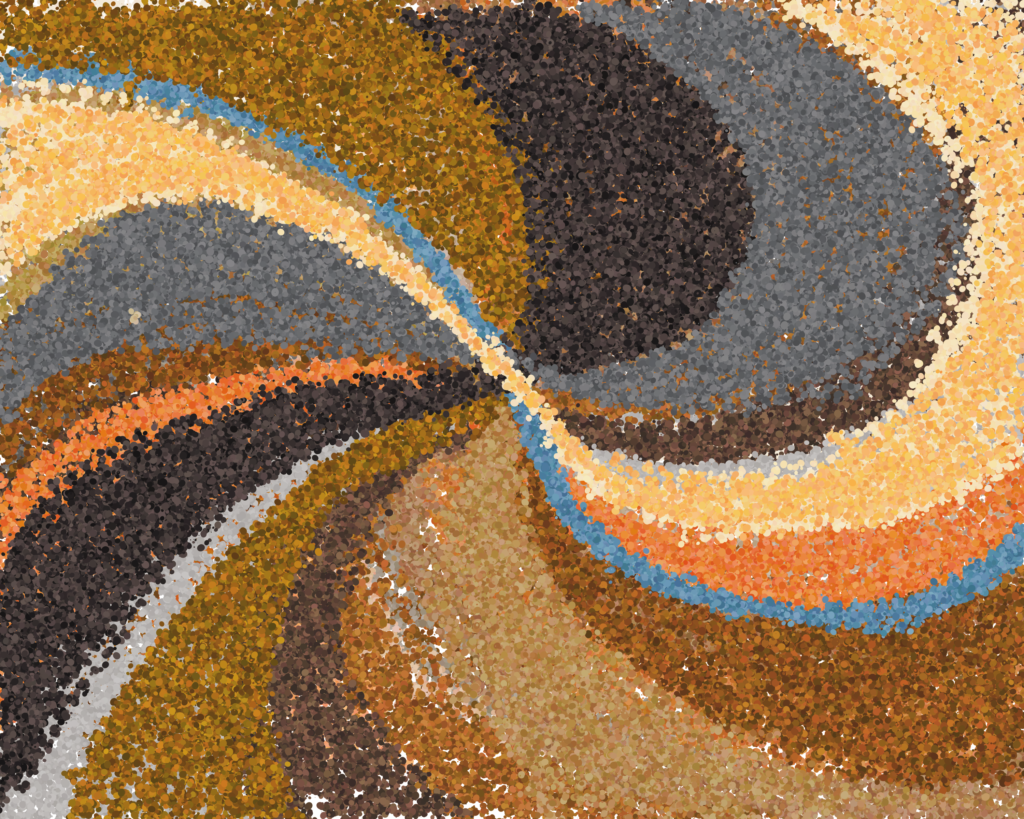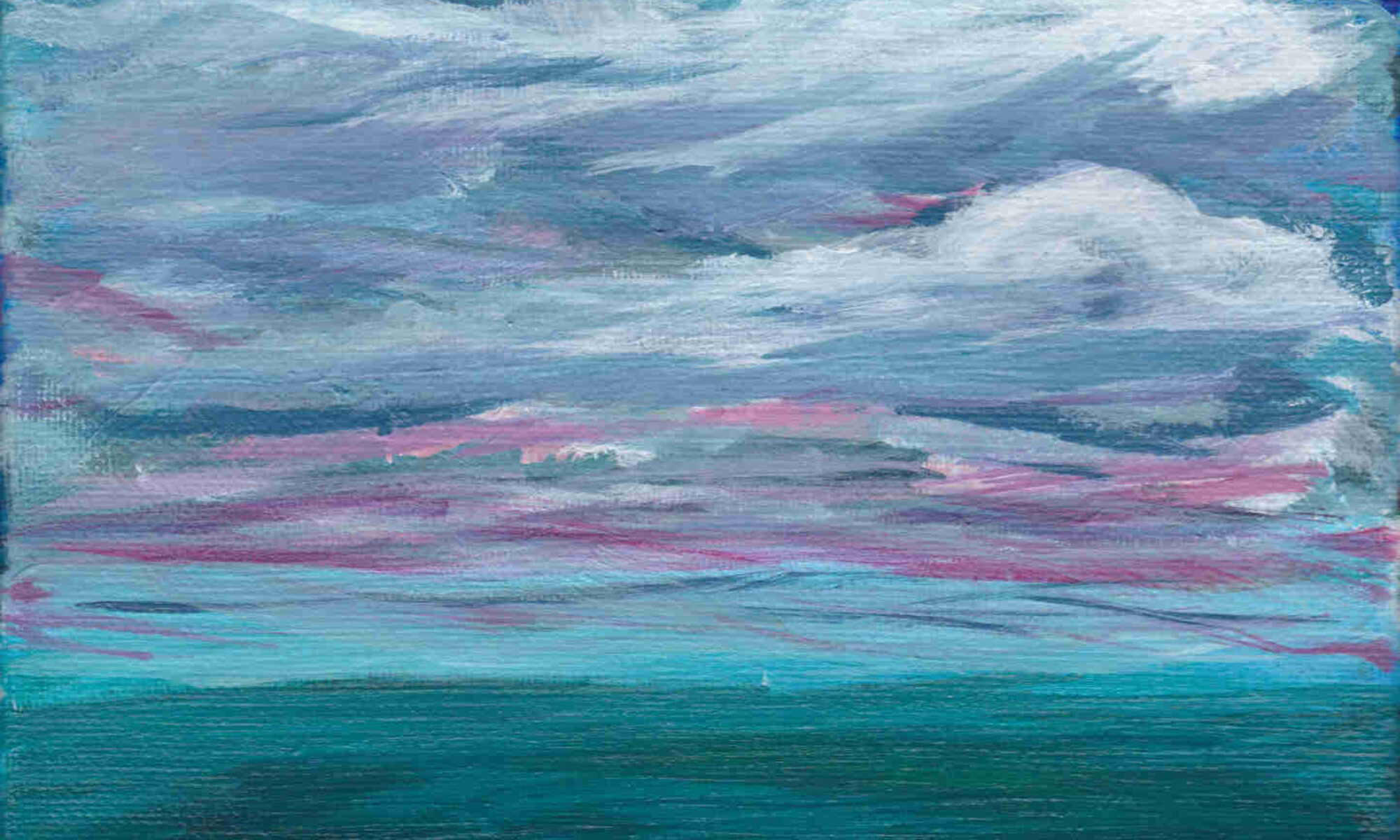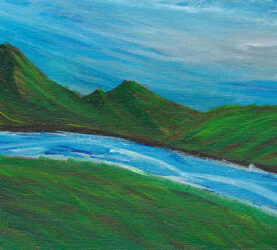I know we’re full on into spring and looking down the barrel of another summer, but this little number here sure does feel autumnal to me. It has been a while since I’ve been inspired to get my brushes out, but I think the important thing is that its never too late to find the way back to our creative self. This little guy here is unique not only as my first digital work, but also as my first foray into this crazy new world of Non-Fungible-Tokens (NFTs). What a learning curve that is, let me tell you.
The best explanation that I’ve found so far is this: Imagine that there is a book in the town commons where you go shopping. Local ordinance elevendey-six (This number is not important, stay with me) requires that you write down any and all purchases you make into this book.
So you buy a pack of gum and you write down what you paid in the book. Then you buy a bag of decorative pebbles from a shady dealer who swears they were imported from an Ancient Royal Andalusian Quarry and are obviously local river stones, but they’re pretty and will look good in the cupholder of your car because you’ll forget them there instead of adding them to your unfinished rock garden you started out of pandemic induced boredom.
Whatever, you write that down in the book too. The point is that everyone can go look in that book and verify that you did indeed purchase all of these useless things while prancing around the town commons.
Then, your impulsive and irresponsible self goes and spends five hundred thousand dollars on a piece of digital art that is an 8-bit picture of a cat with a PopTart body pooping out a rainbow. I’m not kidding, but its too late. You’ve already written it down in the book.
Now here is the strange part. This record book – the book that everyone has already agreed chronicles the purchase history of the town square – has it written that your copy of this digital file is the one and only true original digital file.
You heard me. Your copy of this digital file is the one and only true original digital file.
If you can wrap your mind around that (and everything that it implies) then congratulations! You now understand NFTs
In other news, my store now accepts Dogecoin! To The Moon! (also bitcoin, but nobody cares about bitcoin anymore)

You can also check out the NFT of this work up for auction here










